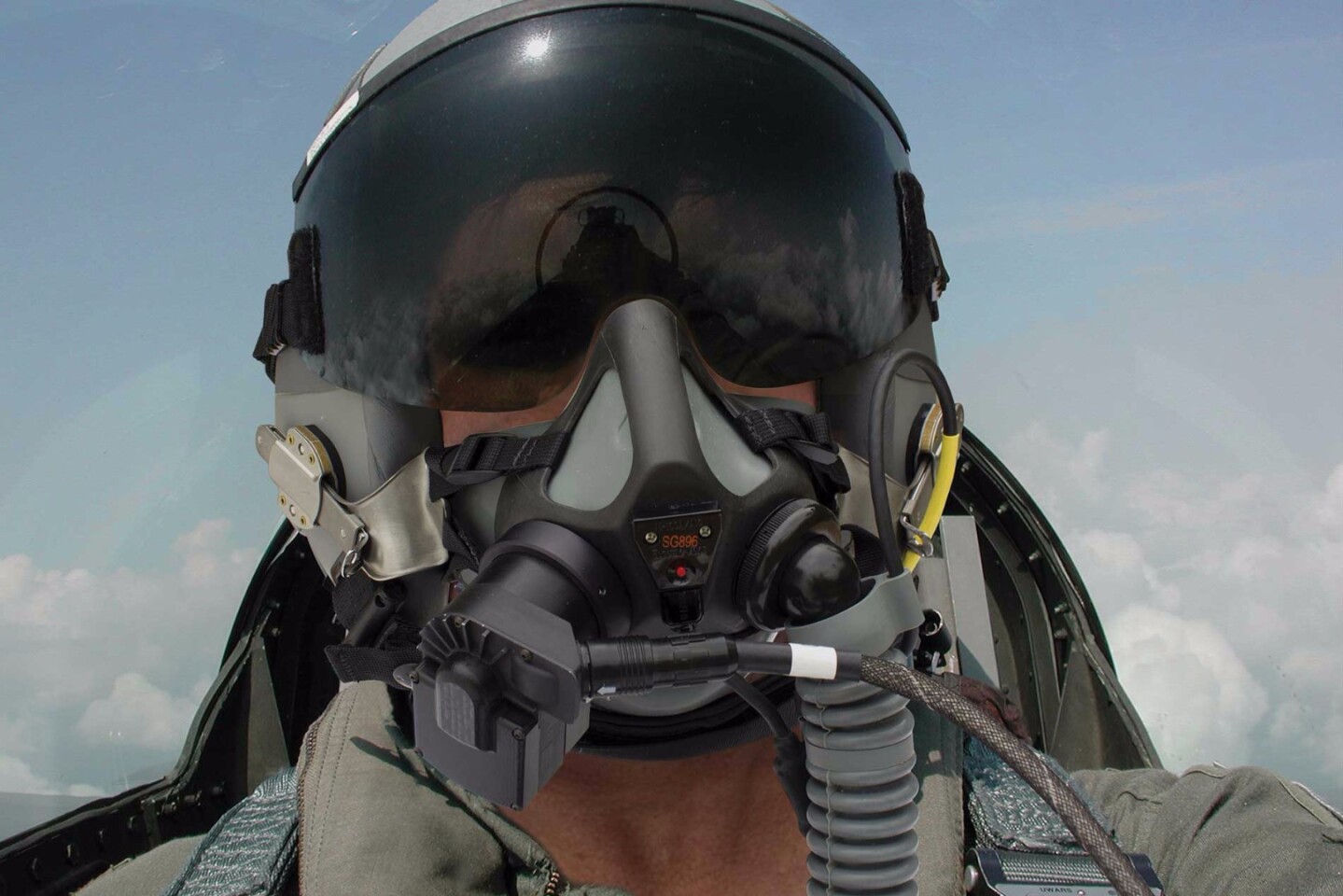Hypoxia – or lack of oxygen – is regarded as the biggest safety concern of the US fixed-wing air fleets. In the past two decades it has resulted in the death of 15 US Navy fighter pilots, with over 110 incidents reported by the Navy and Marines in 2015. In an effort to address this problem, the US Air Force has awarded a contract to UK-based company Cobham to develop a system to monitor pilot breathing and collect in-flight data on hypoxia incidents.
Hypoxia has been an intractable problem for the US military's F-22, F/A-18 Hornets, EA-18G Growlers, and T-45C Goshawk trainers, and other aircraft using the On-Board Oxygen Generation System (OBOGS), which supplies oxygen to the flight crew. A failure by the OBOGS can lead to a lack of oxygen that can creep up gradually, resulting in hypoxia episodes that can cause a pilot to black out for several minutes and not remember it.

According to the Navy, the failures can be caused by pilot error, maintenance problems, contamination, equipment failure, or a combination of all four. Because of the complex nature of a fighter plane's oxygen system, running down the causes is very difficult – especially if the plane isn't equipped with proper monitoring equipment.
Cobham's Aircrew Mounted Physiologic Sensing System (AMPSS 2.6) is a breathing sensor suite that measures the level and purity of oxygen that the pilot inhales and exhales. It senses if the life support system malfunctions and records the data needed to identify and correct the problem. Integrated into the OBOGS, it has an inhalation module installed in the end of the pilot's mask breathing hose, and an exhalation module in the mask exhalation port. Readings from these are relayed to the system's onboard data storage and can help to pinpoint hypoxia episodes and their causes, as well as predicting and protecting fighter pilots from hypoxia while in flight by sending low-oxygen alerts.
Cobham is using its own funds to develop the inhalation module, while the Air Force is funding the exhalation unit and hardware for eight pre-production of eight units.
Source: Cobham






